Swiss exoplanet telescope: first, good pictures
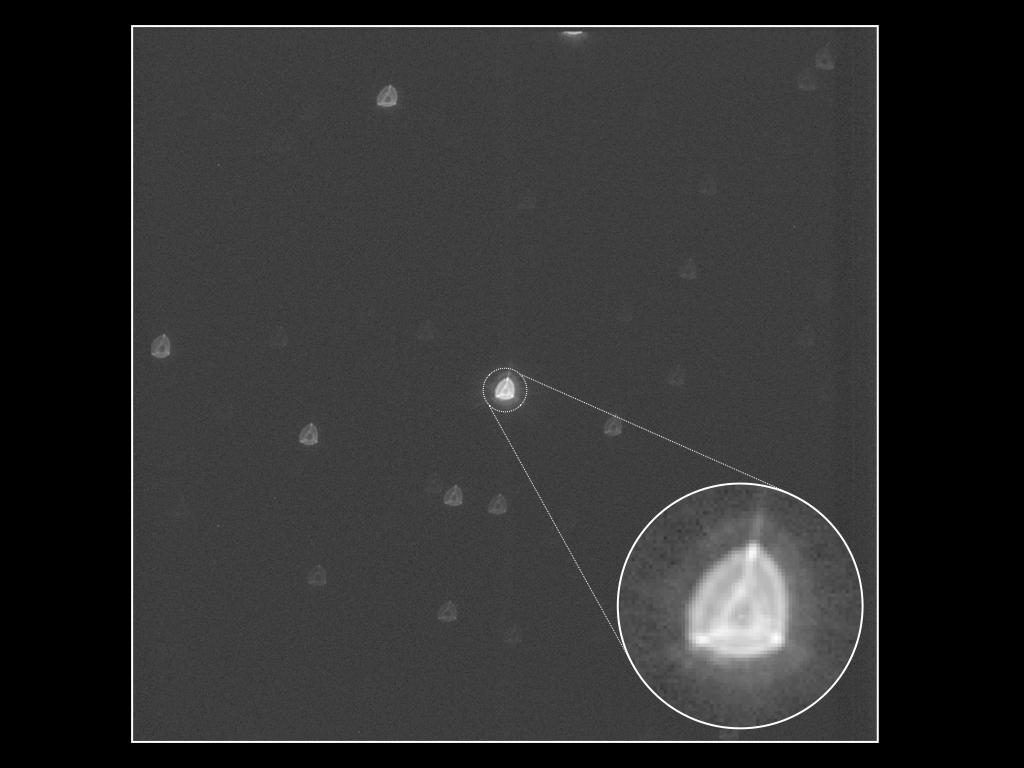
A space telescope developed by Swiss researchers to observe distant planets has successfully delivered its first pictures – and they are better than expected.
The telescope has been travelling on board the satellite CHEOPSExternal link (CHaracterizing ExOPlanets Satellite) as part of a joint mission with the European Space Agency and Switzerland, led by the University of Bern, in collaboration with the University of Geneva.
The space telescope cover was opened on January 29 and has now taken its first images of the sky, a milestone according to a University of Bern statementExternal link on Friday.
The first images were crucial to determine if the telescope’s optics had survived the rocket launch in good shape, said Willy Benz, Professor of Astrophysics at the University of Bern and Principal Investigator of the CHEOPS mission.
“When the first images of a field of stars appeared on the screen, it was immediately clear to everyone that we did indeed have a working telescope,” added Benz, who gathered near Madrid with the team and other scientists to watch the moment.
Better than expected
Preliminary analysis has shown that the images from CHEOPS are even better than expected, the statement continued. But not necessarily sharper, because the telescope has been deliberately defocused. This takes into account the movement of the satellite and allows for better photometric precision.
“The good news is that the actual blurred images received are smoother and more symmetrical than what we expected from measurements performed in the laboratory,” commented Benz.
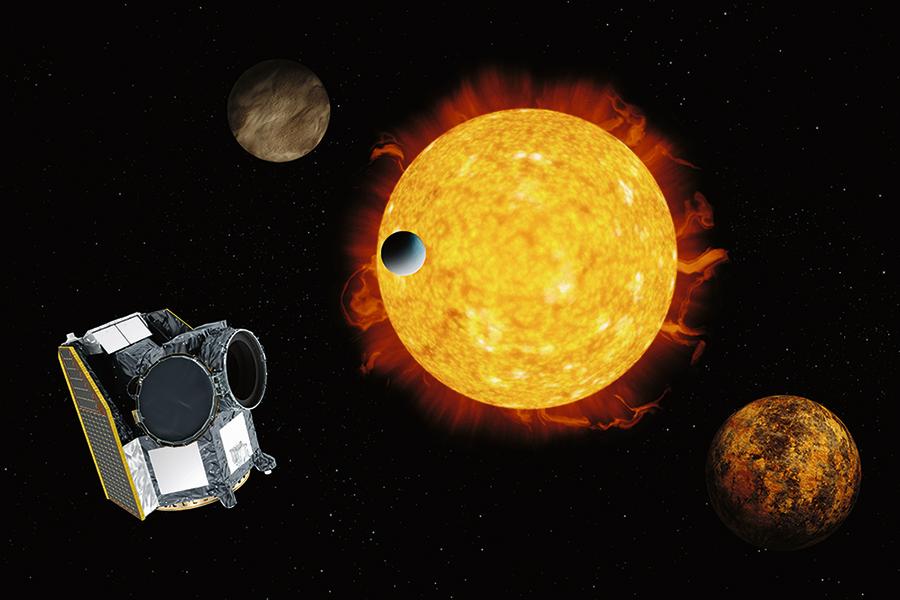
High precision is necessary for CHEOPS to observe small changes in the brightness of stars outside our solar system caused by the transit of an exoplanet in front of the star. As these changes in brightness are proportional to the surface of the transit planet, this will help CHEOPS measure the size of the planets.
During its three-year mission, the CHEOPSExternal link satellite will study 100 of the more than 4,000 exoplanets – planets which exist outside the solar system – discovered so far. Astronomers are keen to find out more about their composition, information that may help them to better understand the origins of planet Earth and conditions for extraterrestrial life.
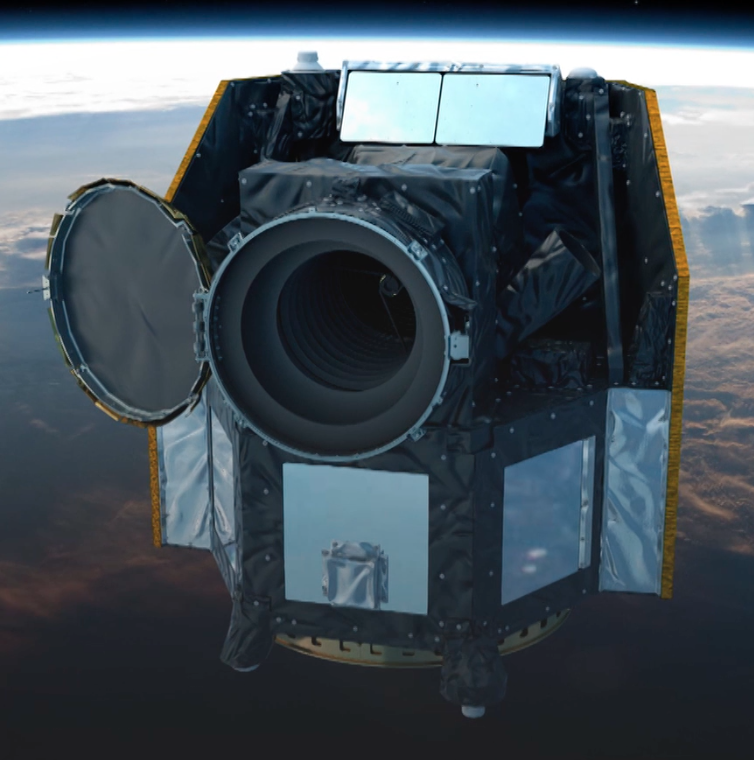
More
A Swiss satellite in space

In compliance with the JTI standards
More: SWI swissinfo.ch certified by the Journalism Trust Initiative
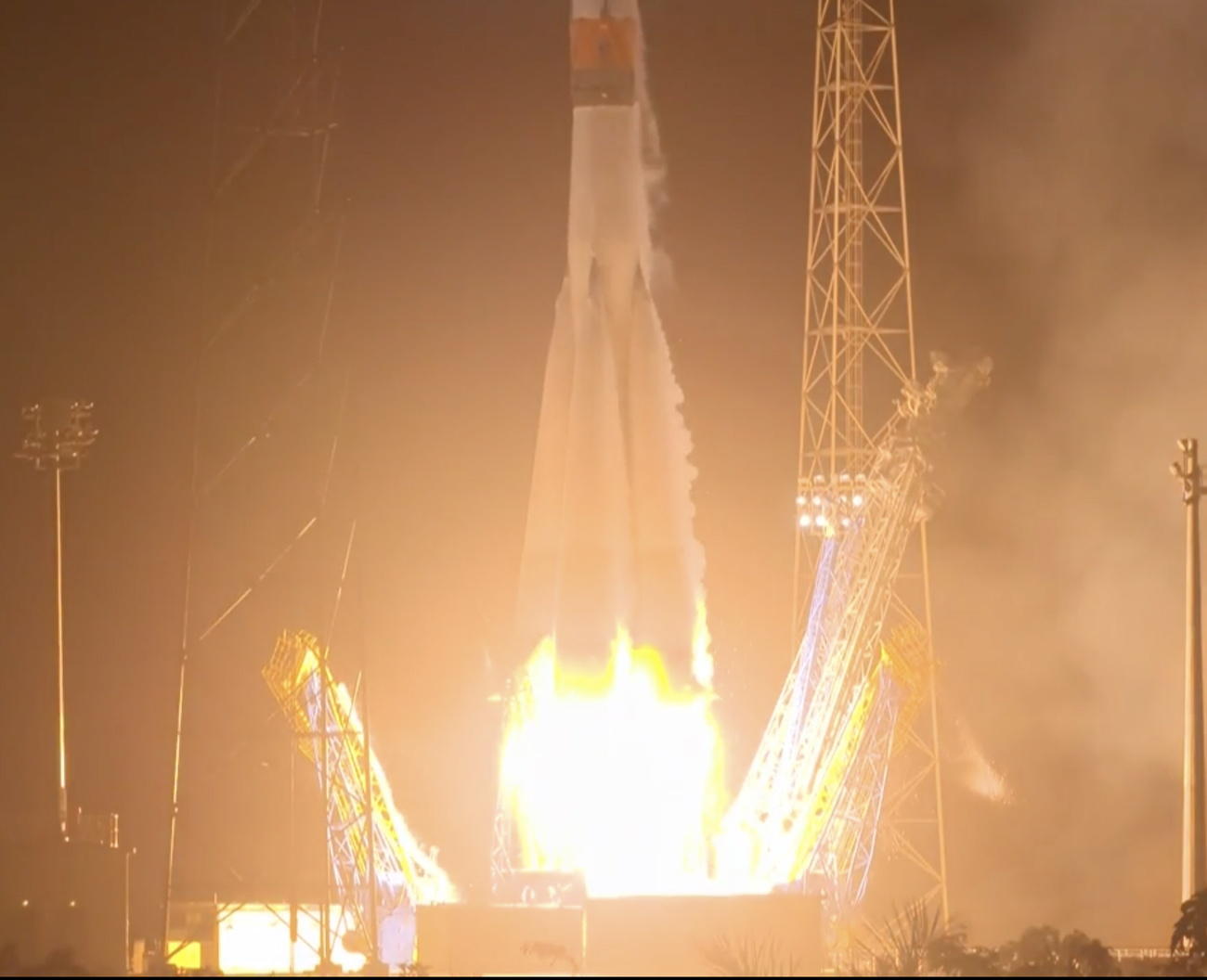
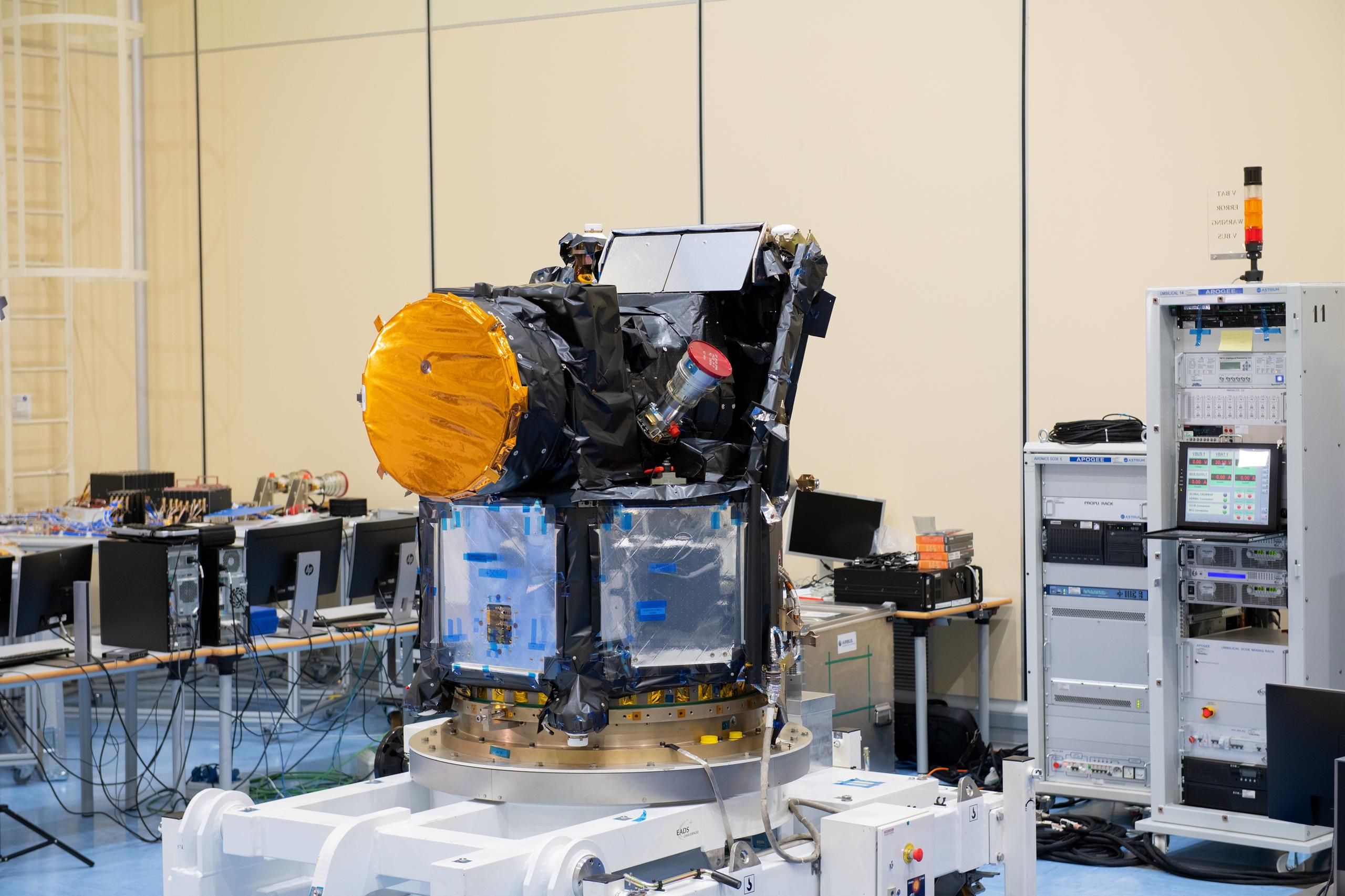
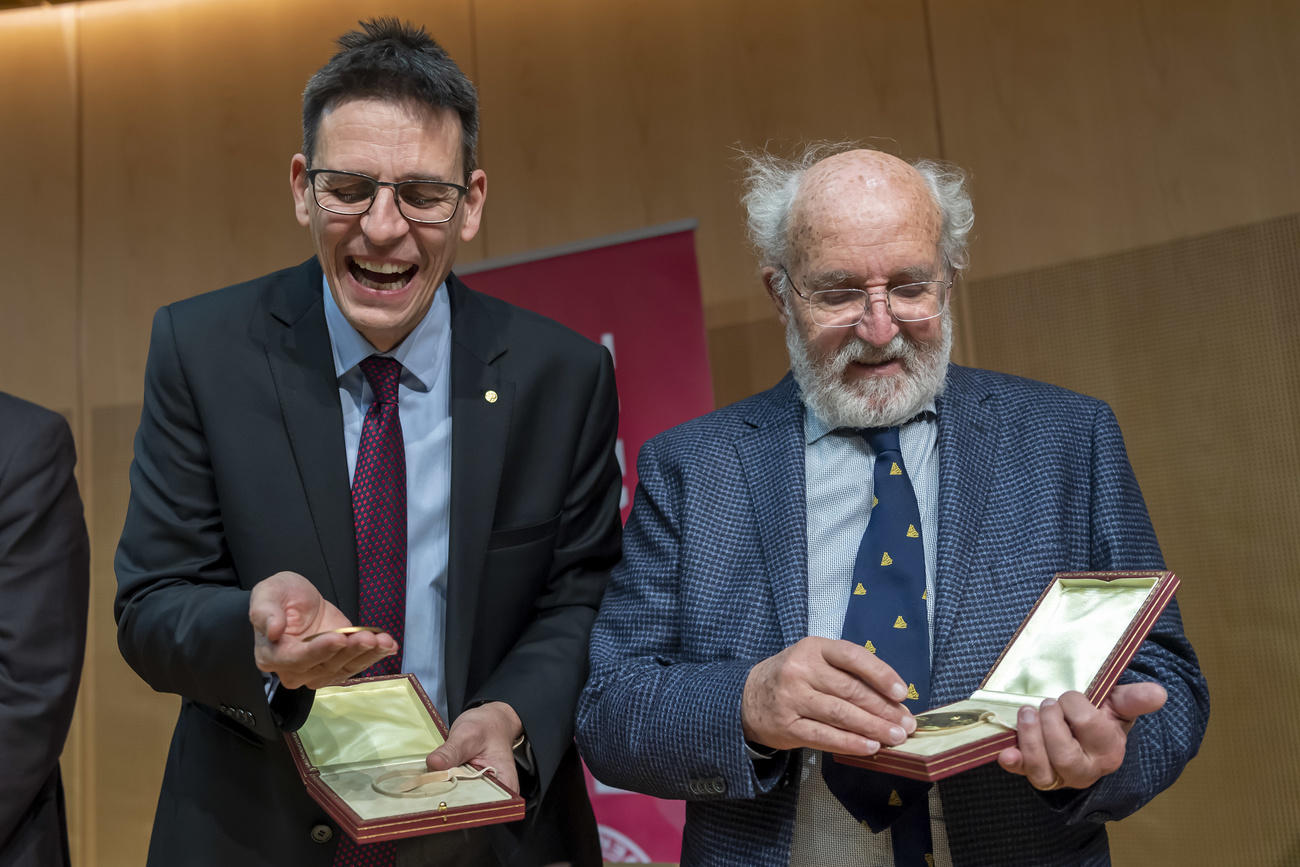
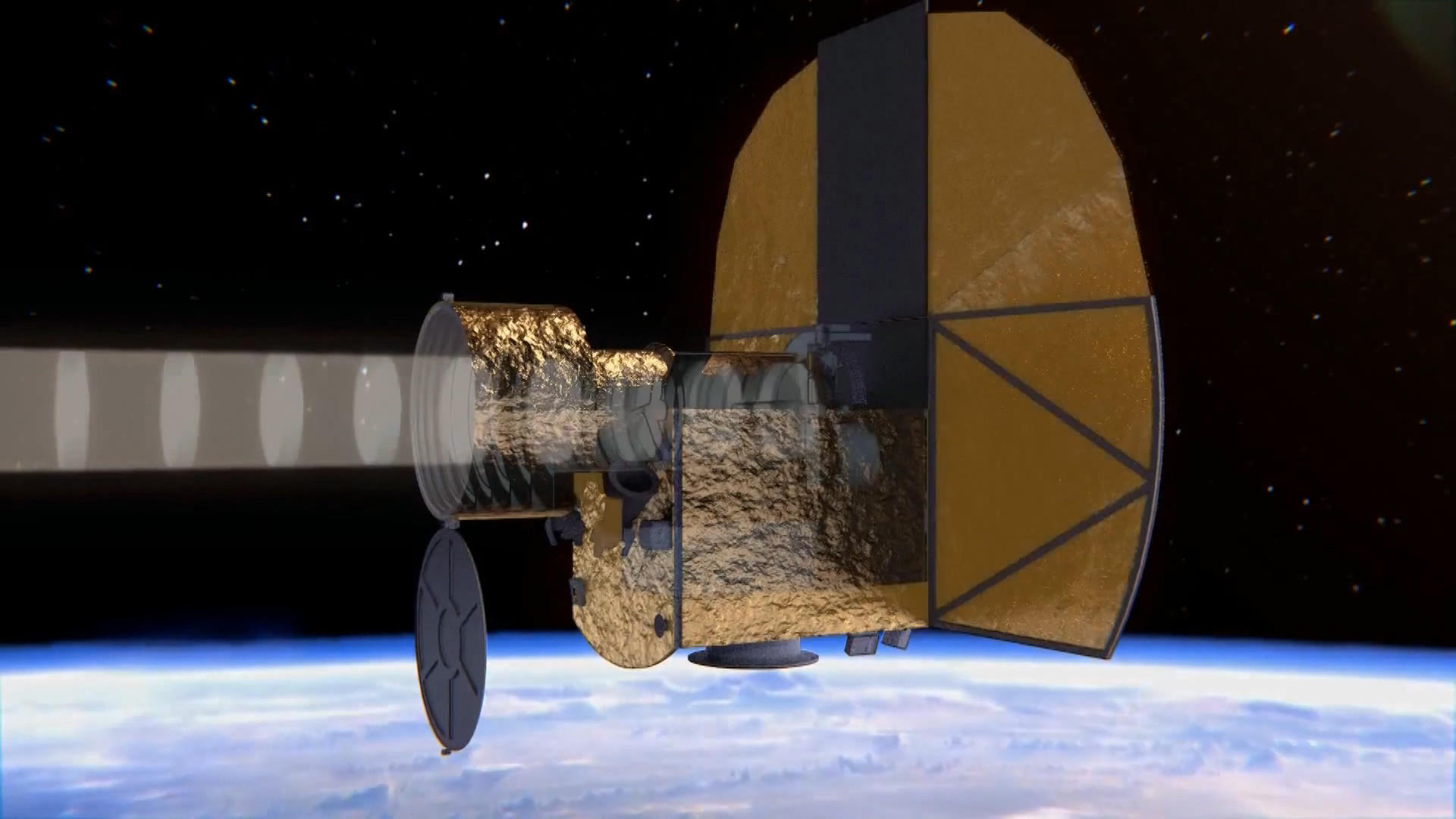

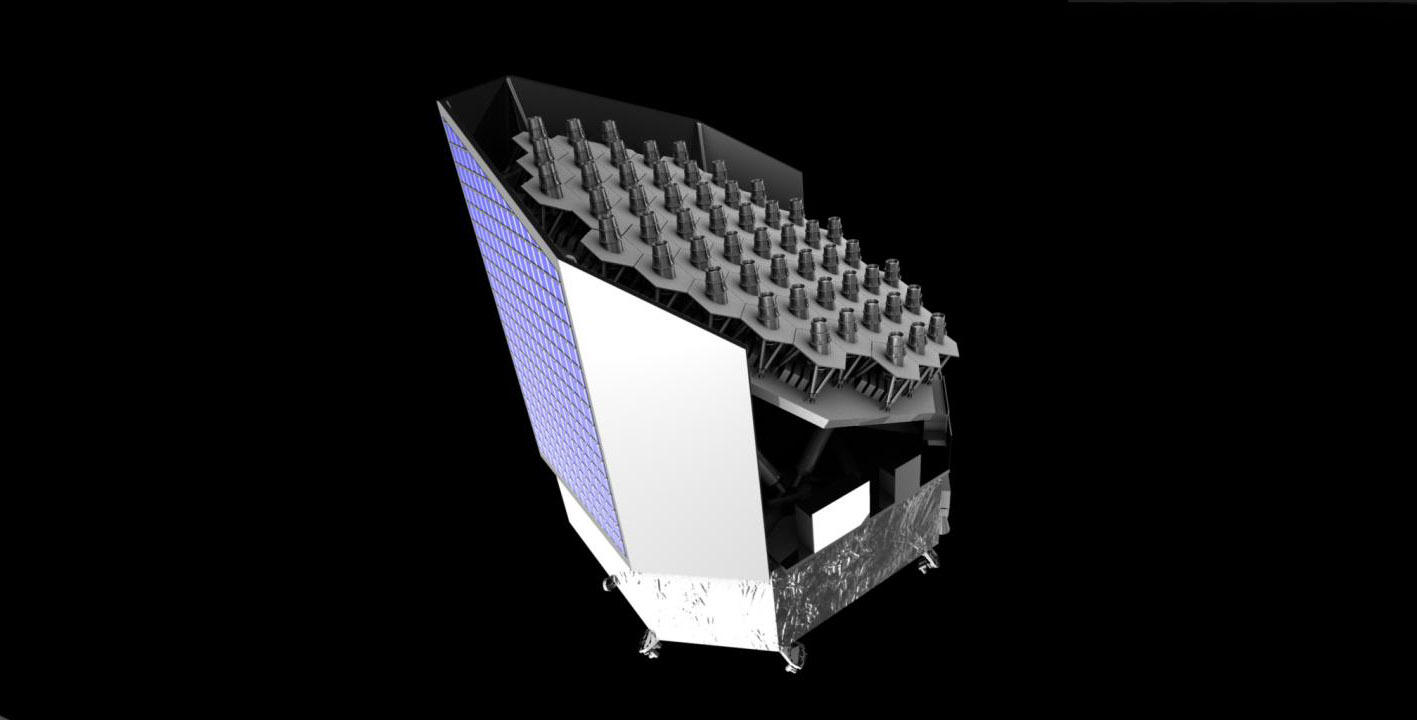
You can find an overview of ongoing debates with our journalists here. Please join us!
If you want to start a conversation about a topic raised in this article or want to report factual errors, email us at english@swissinfo.ch.